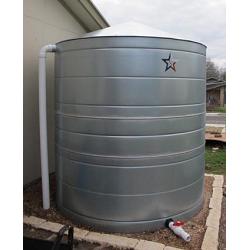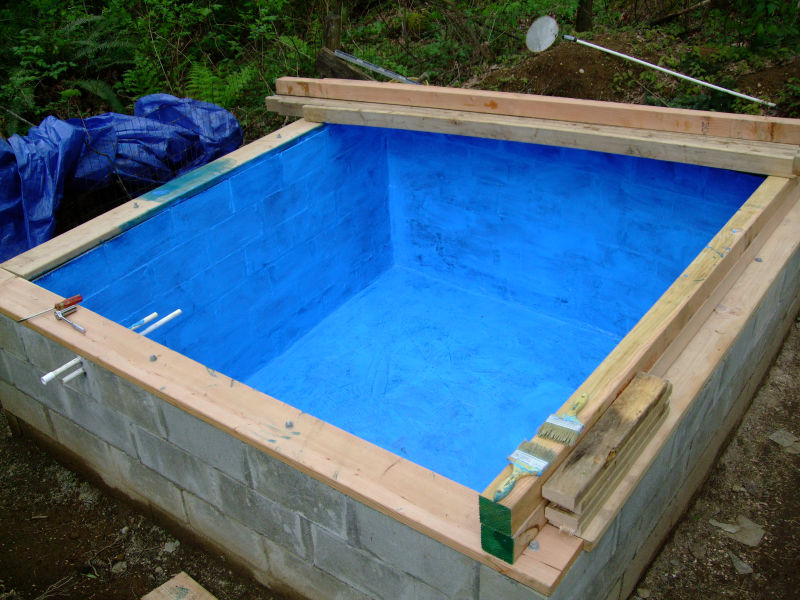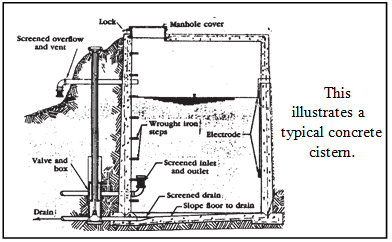In many rural areas, municipal water service is not available. In such cases, it is necessary for a home owner to use an alternate water supply. Where there is no body of water or well on the property, many homes rely on the use of a cistern. A cistern is a large holding tank of water. It is filled periodically by a water supply company, or by rainfall.
CONSTRUCTION: Cisterns can be constructed of concrete, concrete block or brick. They are commonly buried beneath the ground, and have a life expectancy of approximately 20 years. Prefabricated cisterns made of steel fiber glass or concrete are also available, and can last beyond 20 years. Wooden cisterns constructed of redwood, hardwood, or bald cypress can be utilized above the ground. The tank must be constructed so that there is no risk of contamination from outside sources. There must be a screened inlet and outlet. The sanitation manhole cover should overlap by 2″, a curb that stands at least 4″ above the reservoir top. No cistern should be coated on the inside with asphalt or any other substance that could contaminate the water. Municipal authorities should be notified regarding construction requirements or permits needed before installing a private water storage facility.



